PACK:
60 capsules in tinted glass bottle
PRECAUTIONS FOR USE:
This product does not interfere with any other medication and does not have any kind of contraindication. It can even be used by children, the elderly and pregnant women.
MAIN INGREDIENTS:
VITAMIN E 100% NATURAL
INGREDIENTS:
capsule: food gelatin; D-alpha tocopheryl acetate (natural vitamin E); maltodextrins; anti-caking agents: magnesium salts of fatty acids.
Last updated on 09/04/2025
HOW ITS COMPONENTS WORK:
Vitamin E or D-alpha tocopheryl acetate exists in different forms: ALPHA, BETA, GAMMA AND DELTA-tocopherol. D-alpha tocopheryl acetate is the most active.
It is stored in the liver and fatty tissues. The main sources of vitamin E are undoubtedly, vegetable oils, which are prevented from turning rancid by vitamin E (wheat germ, walnut, sunflower, safflower, olive), almonds and fish oils.
The origin that Vita Complex has chosen is soy OGM FREE.
It is a vitamin with multiple properties:
Cell functioning, the environment (air pollution, UV rays, tobacco, ionizing radiation) and the progressive decrease in enzymes caused by ageing – SOD and peroxidase – lead to the production of free radicals and to an excess of endogenous defences. These oxidize polyunsaturated fatty acids. Vitamin E limits this aggression by preserving the integrity of the biological membranes and lipoproteins.
This antioxidant (2010;8 (10): 1) role is fundamental:
– in the formation of atheromatous plaques preventing the oxidation of LDL cholesterol. Once oxidized, the latter deposits on the walls of blood vessels, causing cardiovascular diseases:hypertension, angina, heart attack, etc….
– in platelet activity. By inhibiting platelet adhesion, it plays a preventive role in coagulation disorders with the risk of thrombosis: phlebitis, embolism, etc.
– in the inflammatory phenomena of joint or auto-immune diseases.
It must therefore, be combined with B vitamins and polyunsaturated fatty acids;
– in regulating the immune system.
– in some hormonal disorders (in the genital sphere).
D-alpha tocopheryl acetate is a 100% natural vitamin E and a great organic antioxidant. It protects cell membranes, the eyes, the reproductive organs and skin.
The body prefers natural vitamin E:
Synthetic vitamin E is cheaper, but less effective. It is only absorbed half as much as the natural form and only 12% of the synthetic form corresponds to the natural isomer, the only kind used by the body.
Natural vitamins are different from synthetic vitamins, as shown by the difference in their formulas. For example, vitamin E in its natural form is called RRR-ALPHA TOCOPHEROL, while the synthetic form is called TOUT-RAC-ALPHA TOCOPHEROL and consists in a set of eight molecules (stereoisomers) of which seven do not exist in nature.
Synthetic molecules are much less likely to be assimilated by the body.
The body also finds it difficult to eliminate residues of these unknown molecules, which can thus become toxic.
The protective effects of vitamin E are increased by vitamins C and A, selenium, zinc and lycopene.
RECOMMENDED USES:
we recommend taking one capsule a day.
– Women on the pill: combine vitamin E with vitamins B and A (Delta B, Delta A).
– Sportsmen and women: combine vitamin E with vitamins C and B (Delta C Plus, Delta B)
– Cardio-vascular diseases: for the prevention and complementary treatment of atherosclerosis, angina, heart attack, stroke: combine vitamin E with Omega 3 and 9 and ginkgo biloba (Vitigin Complex).
Vitamin E can be taken during or after meals, but it is preferable at the end of the meal.
SCIENTIFIC BASES – BIBLIOGRAPHY:
• Philippe Lagarde : Les vitamines – documentation scientifique SMC France 2007
• Philippe Lagarde : Guide d’utilisation des vitamines Edition Favre : 30-31 – 2000
• Philippe Lagarde: Vivere meglio e più a lungo M.i.r. edizioni 2009
• Wagner, Karl-Heinz; Afaf Kamal-Eldin, Ibrahim Elmadfa (2004). “Gamma-tocopherol–an underestimated vitamin?”. Annals of nutrition and metabolism 48 (3): 169–88. doi:10.1159/000079555. PMID 15256801. “In North America, the intake of γ-tocopherol has been estimated to exceed that of α-tocopherol by a factor of 2–4 … due to the fact that soybean oil is the predominant vegetable oil in the American diet (76.4%) followed by corn oil and canola oil (both 7%) … The supply of dietary fats … is much more diverse in Europe … The oils mainly consumed in Europe, i.e. sunflower, olive and canola oil, provide less γ-tocopherol but more α- tocopherol … [T]he ratio of α-:γ-tocopherol is at least 1:2. Therefore, the average γ-tocopherol intake can be estimated as 4–6 mg/day, which is about 25–35% of the USA intake. In accordance with the lower estimated European intake of γ-tocopherol, the serum levels of γ-tocopherol in European populations are 4–20 times lower than that of α-tocopherol”
• Jiang, Q; Christen, S; Shigenaga, MK; Ames, BN (2001). “gamma-tocopherol, the major form of vitamin E in the US diet, deserves more attention”. The American journal of clinical nutrition 74 (6): 714–22.
PMID 11722951.
• Burton, G. W.; Ingold, K. U. (1981). “Autoxidation of biological molecules. 1. Antioxidant activity of vitamin E and related chain-breaking phenolic antioxidants in vitro”. J. Am. Chem. Soc. 103: 6472–6477. doi:10.1021/ja00411a035.
• US Food and Drug Administration: “Listing of Food Additives Status Part II”. Retrieved 2011-10-27.
• UK Food Standards Agency: “Current EU approved additives and their E Numbers”. Retrieved 2011-10- 27.
• Australia New Zealand Food Standards Code”Standard 1.2.4 – Labelling of ingredients”. Retrieved 2011- 10-27.
• Rigotti, A (2007). “Absorption, transport, and tissue delivery of vitamin E”. Molecular Aspects of Medicine 28 (5–6): 423–36. doi:10.1016/j.mam.2007.01.002. PMID 17320165.
• Jensen, S; Lauridsen, C (2007). “α‐Tocopherol Stereoisomers”. Vitamins & Hormones 76: 281–308. doi:10.1016/S0083-6729(07)76010-7. PMID 17628178.
• Brigelius-Flohé R, Traber MG (1 July 1999). “Vitamin E: function and metabolism”. FASEB J. 13 (10): 1145–55. PMID 10385606.
• Composition of Foods Raw, Processed, Prepared USDA National Nutrient Database for Standard Reference, Release 20 USDA, February 2008
• Sen, C; Khanna, S; Roy, S (2006). “Tocotrienols: Vitamin E beyond tocopherols”. Life Sciences 78 (18): 2088–98. doi:10.1016/j.lfs.2005.12.001. PMC 1790869. PMID 16458936.
• Evans, H. M.; Bishop, K. S. (1922). “On the Existence of a Hitherto Unrecognized Dietary Factor Essential for Reproduction”. Science 56 (1458): 650–651. doi:10.1126/science.56.1458.650. PMID 17838496.
• Evans H. M., Emerson O. H., Emerson G. A. (1 February 1936). “The isolation from wheat germ oil of an alcohol, a-tocopherol, having the properties of vitamin E”. Journal of Biological Chemistry 113 (1): 319–332.
• Fernholz, E. (1938). Journal of the American Chemical Society 60 (3): 700–705. doi:10.1021/ja01270a057.
• Iuliano, L.; Micheletta, F.; Maranghi, M.; Frati, G.; Diczfalusy, U.; Violi, F. (2001). “Bioavailability of Vitamin E as Function of Food Intake in Healthy Subjects: Effects on Plasma Peroxide-Scavenging Activity and Cholesterol-Oxidation Products”. Arteriosclerosis, Thrombosis, and Vascular Biology 21 (10): e34–e37. doi:10.1161/hq1001.098465.
• Vitamin E Fact sheet
• http://www.ars.usda.gov/SP2UserFiles/Place/12354500/
Data/SR22/nutrlist/sr22w323.pdf
• J. Bauernfeind in: L. J. Machlin (ed.): Vitamin E – A Comprehensive Treatise, Marcel Dekker, New York 1980, p. 99
• “USDA National Nutrient Database for Standard Reference”. USDA Agricultural Research Service. Retrieved 2009-11-26.
• Weiser H, Riss G, Kormann AW (1 October 1996). “Biodiscrimination of the eight alpha-tocopherol stereoisomers results in preferential accumulation of the four 2R forms in tissues and plasma of rats”. J. Nutr. 126 (10): 2539–49. PMID 8857515.
• “Taken together, these data indicate that of the eight stereoisomers (RRR, RSR, RRS, RSS, SRR, SSR, SRS, SSS) in all-rac-α-tocopherol, only the four 2R-forms (RRR, RSR, RSS, RRS) are recognized by α-TTP and maintained in the plasma. Indeed, the Food and Nutrition Board (Food and Nutrition Board and Institute of Medicine, 2000) has defined that only α-tocopherol, specifically the 2R-forms of α-tocopherol, can fulfill the human requirement for vitamin E. Thus, all-rac-α-tocopherol has only half the activity of RRR-α-tocopherol.”
Taken from the discussion in Lauridsen, C.; Engel, H.; Craig, AM.; Traber, MG. (Mar 2002). “Relative bioactivity of dietary RRR- and all-rac-alpha-tocopheryl acetates in swine assessed with deuterium-labeled vitamin E” (PDF). J Anim Sci 80 (3): 702–7. PMID 11890405.
• Mathias PM, Harries JT, Peters TJ, Muller DP (July 1981). “Studies on the in vivo absorption of micellar solutions of tocopherol and tocopheryl acetate in the rat: demonstration and partial characterization of a mucosal esterase localized to the endoplasmic reticulum of the enterocyte”. J. Lipid Res. 22 (5): 829–37. PMID 7288289.
• Ajandouz el H, Castan S, Jakob S, Puigserver A (2006). “A fast, sensitive HPLC method for the determination of esterase activity on alpha-tocopheryl acetate”. J Chromatogr Sci 44 (10): 631–3. PMID 17254374.
• Horwitt M, Elliott W, Kanjananggulpan P, Fitch C (1984). “Serum concentrations of alpha-tocopherol after
ingestion of various vitamin E preparations”. Am J Clin Nutr 40 (2): 240–5. PMID 6465056. link
• Cheeseman, K; Holley, A; Kelly, F; Wasil, M; Hughes, L; Burton, G (1995). “Biokinetics in humans of
RRR-α-tocopherol: The free phenol, acetate ester, and succinate ester forms of vitamin E”. Free Radical Biology and Medicine 19 (5): 591–8. doi:10.1016/0891-5849(95)00083-A. PMID 8529918.
• Burton, Graham W.; Ingold, Keith U.; Foster, David O.; Cheng, Shee C.; Webb, Ann; Hughes, Lise; Lusztyk, E (1988). “Comparison of free α-tocopherol and α-tocopheryl acetate as sources of vitamin E in rats and humans”. Lipids 23 (9): 834–40. doi:10.1007/BF02536201. PMID 3185118.
• Mathias PM, Harries JT, Muller DP (1 January 1981). “Optimization and validation of assays to estimate pancreatic esterase activity using well-characterized micellar solutions of cholesteryl oleate and tocopheryl acetate”. J. Lipid Res. 22 (1): 177–84. PMID 7217783.
• Taylor, H. R; Tikellis, G; Robman, LD; McCarty, CA; McNeil, JJ (2002). “Vitamin E supplementation and macular degeneration: randomised controlled trial”. BMJ 325 (7354): 11. doi:10.1136/bmj.325.7354.11. PMC 116664. PMID 12098721.
• Age-Related Eye Disease Study Research Group (2001). “A randomized, placebo-controlled, clinical trial of high-dose supplementation with vitamins C and E, beta carotene, and zinc for age-related macular degeneration and vision loss: AREDS report no. 8”. Archives of ophthalmology 119 (10): 1417–36.
PMC 1462955. PMID 11594942.
• Van Leeuwen, R.; Boekhoorn, S; Vingerling, JR; Witteman, JC; Klaver, CC; Hofman, A; De Jong, PT (2005). “Dietary Intake of Antioxidants and Risk of Age-Related Macular Degeneration”. JAMA: the Journal of the American Medical Association 294 (24): 3101–7. doi:10.1001/jama.294.24.3101. PMID 16380590.
• Moriartycraige, S; Adkison, J; Lynn, M; Gensler, G; Bressler, S; Jones, D; Sternbergjr, P (2005). “Antioxidant Supplements Prevent Oxidation of Cysteine/Cystine Redox in Patients With Age-Related Macular Degeneration”. American Journal of Ophthalmology 140 (6): 1020–6. doi:10.1016/j.ajo.2005.06.043. PMID 16376645.
• Robertsii, L; Oates, J; Linton, M; Fazio, S; Meador, B; Gross, M; Shyr, Y; Morrow, J (2007). “The relationship between dose of vitamin E and suppression of oxidative stress in humans”. Free Radical Biology and Medicine 43 (10): 37–46. doi:10.1016/j.freeradbiomed.2007.06.019. PMC 2072864. PMID 17936185.
• Bjelakovic, G; Nikolova, D; Gluud, LL; Simonetti, RG; Gluud, C (2007). “Mortality in randomized trials of antioxidant supplements for primary and secondary prevention: systematic review and meta-analysis”. JAMA: the Journal of the American Medical Association 297 (8): 842–57. doi:10.1001/jama.297.8.842. PMID 17327526.
• Gaziano, JM (2004). “Vitamin E and cardiovascular disease: observational studies”. Annals of the New York Academy of Sciences 1031: 280–91. doi:10.1196/annals.1331.028. PMID 15753154.
• Frank, Bradford; Gupta, Sanjay (2005). “A Review of Antioxidants and Alzheimer’s Disease”. Annals of Clinical Psychiatry 17 (4): 269–86. doi:10.1080/10401230500296428. PMID 16402761.
• Ricciarelli, R; Argellati, F; Pronzato, M; Domenicotti, C (2007). “Vitamin E and neurodegenerative diseases”. Molecular Aspects of Medicine 28 (5–6): 591–606. doi:10.1016/j.mam.2007.01.004. PMID 17306357.
• Boothby, L. A; Doering, PL (2005). “Vitamin C and Vitamin E for Alzheimer’s Disease”. Annals of Pharmacotherapy 39 (12): 2073–80. doi:10.1345/aph.1E495. PMID 16227450.
• Helzlsouer, K. J.; Huang, HY; Alberg, AJ; Hoffman, S; Burke, A; Norkus, EP; Morris, JS; Comstock, GW (2000). “Association Between alpha-Tocopherol, gamma-Tocopherol, Selenium, and Subsequent Prostate Cancer”. Journal of the National Cancer Institute 92 (24): 2018–23. doi:10.1093/jnci/92.24.2018.
PMID 11121464.
• “The Effect of Vitamin E and Beta Carotene on the Incidence of Lung Cancer and Other Cancers in Male Smokers”. New England Journal of Medicine 330 (15): 1029–35. 1994. doi:10.1056/NEJM199404143301501. PMID 8127329.
• Cancer Research UK: Jury still out over vitamin E supplements and increased lung cancer risk
• Nursing in Practice – Vitamin E “linked to cancer”
• eCanadaNow.com – Vitamin E Linked To Increased Risk of Lung Cancer
• Jensen, SK; Lauridsen, C (2007). “Alpha-tocopherol stereoisomers”. Vitamins and hormones 76: 281– 308. doi:10.1016/S0083-6729(07)76010-7. PMID 17628178.
• Klein, EA (2004). “Selenium and vitamin E cancer prevention trial”. Annals of the New York Academy of Sciences 1031: 234–41. doi:10.1196/annals.1331.023. PMID 15753149.
• Slatore, C. G.; Littman, A. J.; Au, D. H.; Satia, J. A.; White, E. (2007). “Long-Term Use of Supplemental Multivitamins, Vitamin C, Vitamin E, and Folate Does Not Reduce the Risk of Lung Cancer”. American Journal of Respiratory and Critical Care Medicine 177 (5): 524–530. doi:10.1164/rccm.200709-1398OC. PMC 2258445. PMID 17989343.
• Age-Related Eye Disease Study Research Group (2001). “A randomized, placebo-controlled, clinical trial of high-dose supplementation with vitamins C and E and beta carotene for age-related cataract and vision loss: AREDS report no. 9”. Archives of ophthalmology 119 (10): 1439–52. doi:10.1001/archopht.119.10.1439. PMC 1472812. PMID 11594943.
• McNeil, J; Robman, L; Tikellis, G; Sinclair, MI; McCarty, CA; Taylor, HR (2004). “Vitamin E supplementation and cataract*1Randomized controlled trial”. Ophthalmology 111 (1): 75–84. doi:10.1016/j.ophtha.2003.04.009. PMID 14711717.
• Engin, KN; Engin, G; Kucuksahin, H; Oncu, M; Engin, G; Guvener, B (2007). “Clinical evaluation of the neuroprotective effect of alpha-tocopherol against glaucomatous damage”. European Journal of Ophthalmology 17 (4): 528–33. PMID 17671926.
• Sesso, H. D.; Buring, J. E.; Christen, W. G.; Kurth, T.; Belanger, C.; MacFadyen, J.; Bubes, V.; Manson, J. E. et al. (2008). “Vitamins E and C in the Prevention of Cardiovascular Disease in Men: The Physicians’ Health Study II Randomized Controlled Trial”. JAMA: the Journal of the American Medical Association 300 (18): 2123–2133. doi:10.1001/jama.2008.600. PMC 2586922. PMID 18997197.
• Vivekananthan, D; Penn, M; Sapp, S; Hsu, A; Topol, E (2003). “Use of antioxidant vitamins for the prevention of cardiovascular disease: meta-analysis of randomised trials”. The Lancet 361 (9374): 2017–23. doi:10.1016/S0140-6736(03)13637-9. PMID 12814711.
• Lonn, E; Bosch, J; Yusuf, S; Sheridan, P; Pogue, J; Arnold, JM; Ross, C; Arnold, A et al. (2005). “Effects of Long-term Vitamin E Supplementation on Cardiovascular Events and Cancer: A Randomized Controlled Trial”. JAMA: the Journal of the American Medical Association 293 (11): 1338–47. doi:10.1001/jama.293.11.1338. PMID 15769967.
• Huang, HY; Appel, LJ (2003). “Supplementation of diets with alpha-tocopherol reduces serum concentrations of gamma- and delta-tocopherol in humans”. The Journal of nutrition 133 (10): 3137–40.
PMID 14519797.
• Glynn, R. J.; Ridker, P. M; Goldhaber, S. Z.; Zee, R. Y.L.; Buring, J. E. (2007). “Effects of Random Allocation to Vitamin E Supplementation on the Occurrence of Venous Thromboembolism: Report From the Women’s Health Study”. Circulation 116 (13): 1497–1503. doi:10.1161/CIRCULATIONAHA.107.716407.
PMID 17846285.
• Etminan, Mahyar; Gill, Sudeep S; Samii, Ali (2005). “Intake of vitamin E, vitamin C, and carotenoids and the risk of Parkinson’s disease: a meta-analysis”. The Lancet Neurology 4 (6): 362–5. doi:10.1016/S1474- 4422(05)70097-1.
• “Vitamin E cuts Parkinson’s risk”. BBC News. 19 May 2005. Retrieved 2008-01-01.
• Shoulson I (September 1998). “DATATOP: a decade of neuroprotective inquiry. Parkinson Study Group.
Deprenyl And Tocopherol Antioxidative Therapy Of Parkinsonism”. Ann. Neurol. 44 (3 Suppl 1): S160–6.
PMID 9749589.
• Rumbold, AR; Crowther, CA; Haslam, RR; Dekker, GA; Robinson, JS; Acts Study, Group (2006).
“Vitamins C and E and the risks of preeclampsia and perinatal complications”. The New England Journal of Medicine 354 (17): 1796–806. doi:10.1056/NEJMoa054186. PMID 16641396.
• Poston, L; Briley, AL; Seed, PT; Kelly, FJ; Shennan, AH (2006). “Vitamin C and vitamin E in pregnant women at risk for pre-eclampsia (VIP trial): randomised placebo-controlled trial”. The Lancet 367 (9517): 1145–54. doi:10.1016/S0140-6736(06)68433-X.
• Topical Vitamin E Formulations: Not Always Benign, Skin Therapy Letter Vol. 1, No. 3, January 1996
• Palmieri, Beniamino; Gozzi, Glauco; Palmieri, Gaspare (1995). “VITAMIN E ADDED SILICONE GEL
SHEETS FOR TREATMENT OF HYPERTROPHIC SCARS AND KELOIDS”. International Journal of Dermatology 34 (7): 506–9. doi:10.1111/j.1365-4362.1995.tb00628.x. PMID 7591421.
• O’Brien, Lisa; Pandit, Abhay; O’Brien, Lisa (2006). O’Brien, Lisa. ed. “Silicon gel sheeting for preventing and treating hypertrophic and keloid scars”. Cochrane database of systematic reviews (Online) (1): CD003826. doi:10.1002/14651858.CD003826.pub2. PMID 16437463.
• Baumann, Leslie S.; Md, James Spencer (1999). “The Effects of Topical Vitamin E on the Cosmetic Appearance of Scars”. Dermatologic Surgery 25 (4): 311–5. doi:10.1046/j.1524-4725.1999.08223.x. PMID 10417589. Lay summary – CosmeticsCop (2008-01-01)

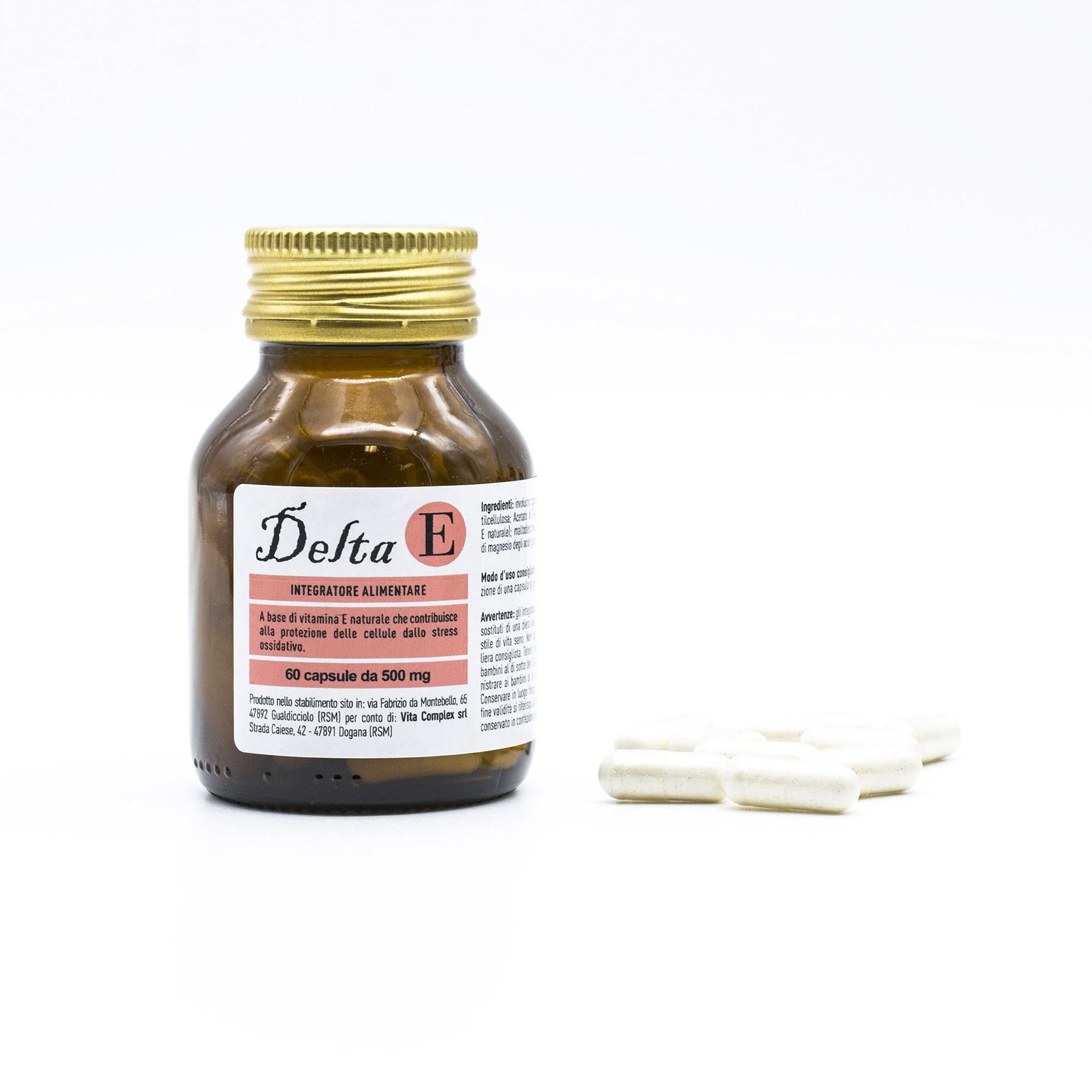
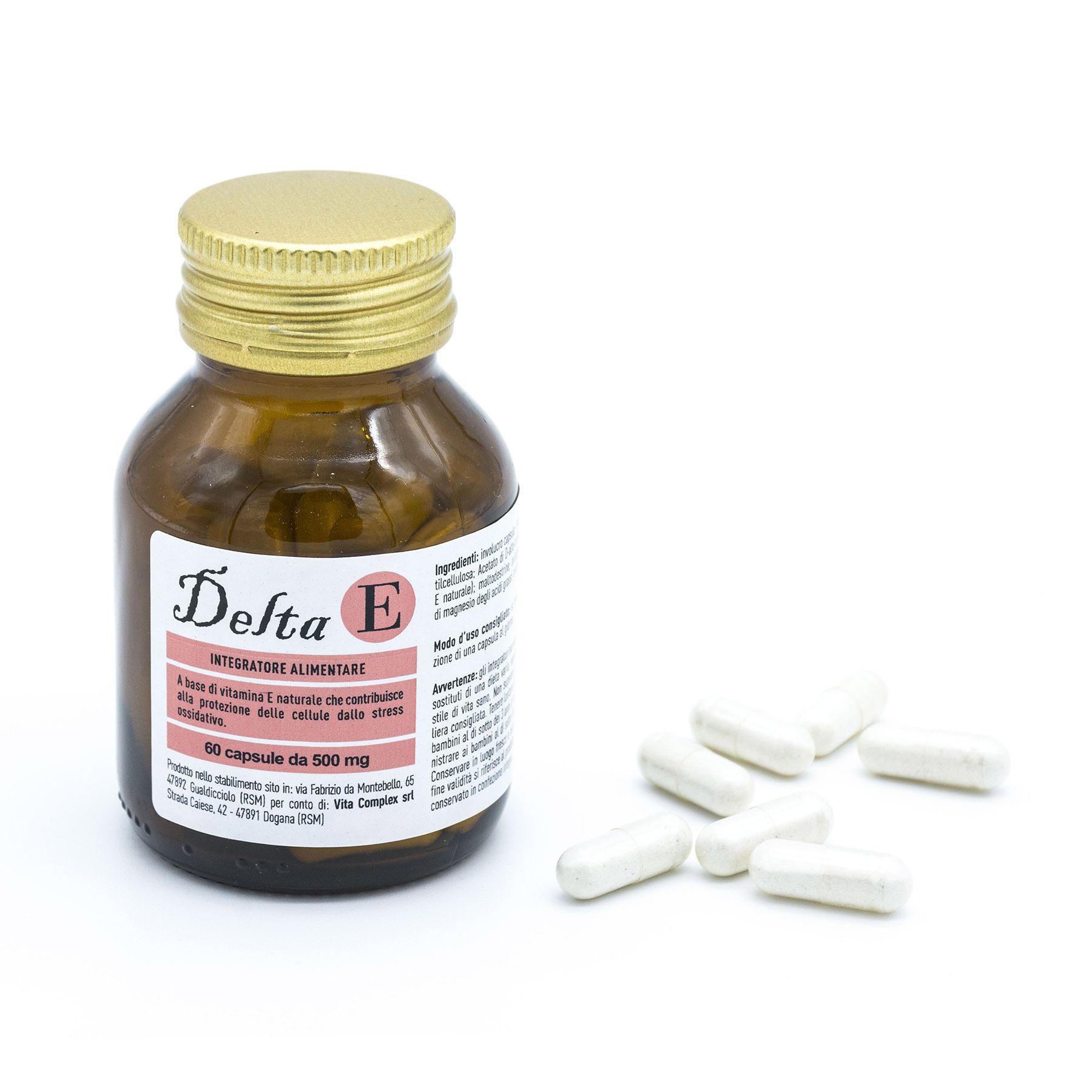
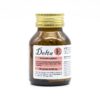

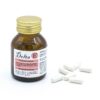

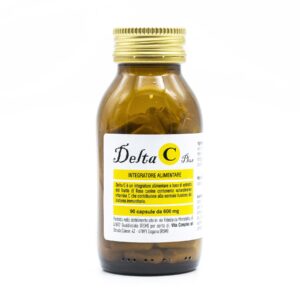






Reviews
There are no reviews yet.